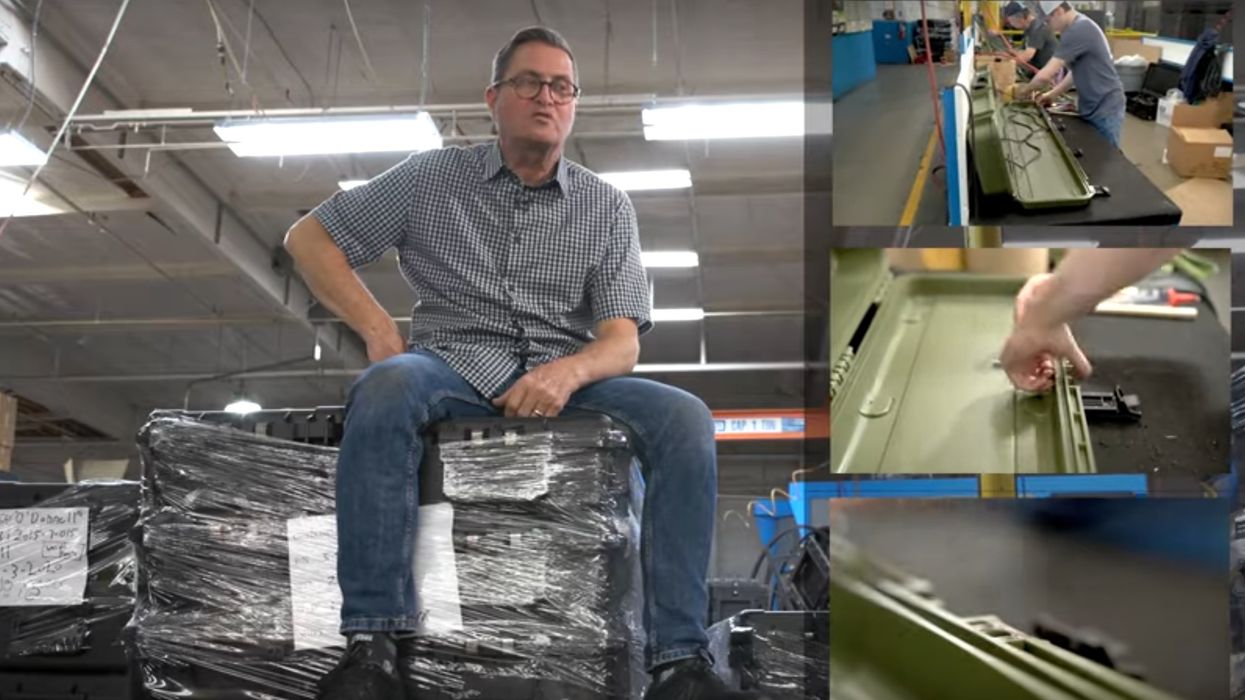Three Steps for Perfect B-Roll Footage
When capturing B-roll, you only have to remember three simple tips to get awesome footage.

First of all, what is B-roll? B-roll footage is made up of supplemental shots that are secondary to your principal photography. This is sometimes captured through another unit or pulled from stock footage. But chances are, you'll be shooting your own B-roll.
This type of footage is foundational to any project and can help give an audience an idea of a location, elements of surroundings, or small details you want them to notice. B-roll is used to create insert shots and establishing shots, or to transition between segments. It adds visual interest and helps show, rather than tell.
You can also use B-roll to cover up mistakes. For instance, maybe you're doing an interview or filming a talking head, and a line is flubbed. You can cut around that dialogue by showing something else shot as B-roll, then return to your subject as if nothing happened.
The Slanted Lens offers some great, easy tips for shooting B-roll with personality, including three simple words to remember as you work. Check it out below, then read on for some additional tips!
Wide, tight, and interesting
Jay P. Morgan's formula is extremely simple but useful. He thinks B-roll can be shot and edited in sequence with these three simple steps:
- Wide - Show your subject matter and setting. Give a general idea of what they're doing and how they appear.
- Tight - Show what's happening in greater detail. This could be a shot of hands working, or a facial expression reacting to some event.
- Interesting - Finish with a creative shot. Get an extreme close-up of an object. Take it from a unique angle. Do something unexpected.
These are three easy shots that flow together easily, making editing a breeze. It's a sequence that a viewer will be able to follow easily, as well.
One thing he definitely thinks you should avoid?
Shooting at eye level.
Alternately: The five-step technique
"Wide, tight, and interesting" may be all you need for your own project, but if you want to go just a little deeper for your supplemental footage, there's another option.
Did you know B-roll is just as important within broadcast journalism? Anyone wanting to produce a video news package must know how and where to use B-roll. Journalist Michael Rosenblum has perfected a five-step method for his own supplemental footage.
The steps include:
- Hands - A close-up of your subject's hands. What task are they doing?
- Face - Who is your subject? Which person is doing the task? This can also be extremely close but should include your subject's eyes.
- Wide - What are the location and mood? Provide context.
- Over the shoulder - What is your subject's perspective? How are they performing their task?
- Unusual shot of choice - This is where you can get creative with angles and focus.
This sequence of B-roll shots can also be used to transition between segments, thoughts, or simply lead into an interview, which would be shot number six here.

More easy tips for getting great B-roll
In the video, Morgan makes some really great, basic points about capturing B-roll on a documentary-style shoot. One tip is to ask lots of questions. See if you can put your camera in a unique location, or involve your subjects in interesting shots.
Light your subject matter in interesting ways. Familiarize yourself with lots of different lighting set-ups.
Incorporate strange angles. You can place the camera on the floor or stand on something much taller than your surroundings.
Use motion. If you have a dolly or slider available, you can get some energy into your shot. You might also zoom in on your subject matter.
Play with focus and depth of field.
What's next? Continue learning all you need to know about B-roll
Do you know five mistakes you should avoid in your B-roll? Dig into five more tips for shooting great B-roll, then learn some great ways to edit and spice up that footage. And what if you want to make it look more cinematic?
What are some fun things you've done with B-roll? Let us know in the comments!
Source: The Slanted Lens











